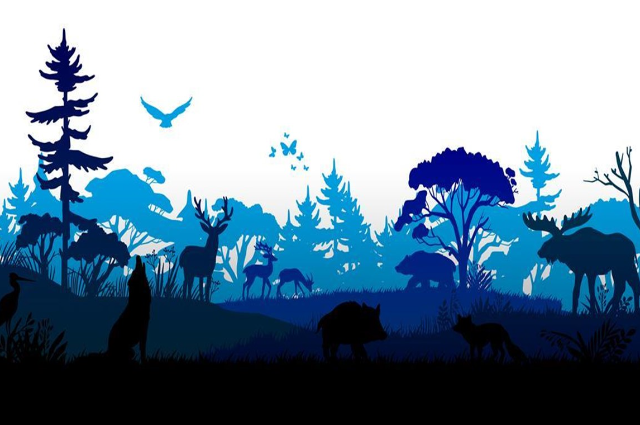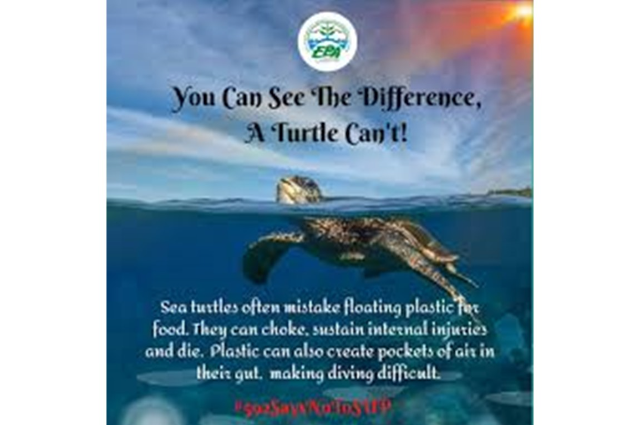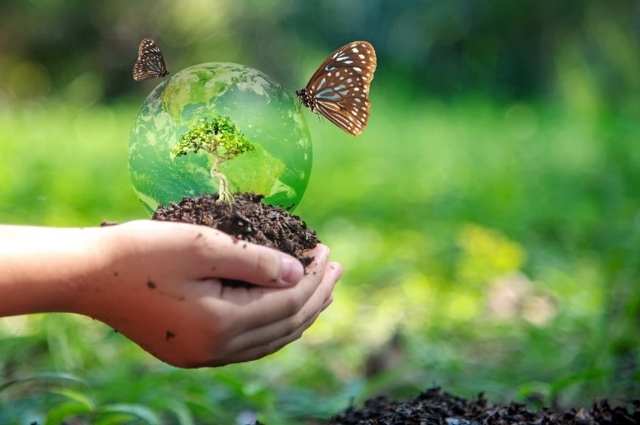
BIODIVERSITY-WHAT IS IT?
From bacteria to humans, biodiversity includes every living being on Earth and refers to all the species in our ecosystem. With a vast variety of species coexisting, biodiversity is an important aspect that leads to the sustainability of an ecosystem.
Maintaining ecological stability, biodiversity provides ethical and economic utilities by providing us with a wide range of products from food to pharmaceuticals. National parks and sanctuaries are indeed a source of tourism and income for every country. Increasing ecosystem productivity, providing oxygen, water supply, preventing soil erosion, the significance of biodiversity is endless.
It is found out that areas near the equator have a rich biodiversity due to their favouring climatic conditions. Antartica has a sparingly low biodiversity compared to other countries. Containing a vast variety of species of flora and fauna, the Amazon Forest amasses a prosperous biodiverse habitat. Including the Western Ghats and the Sunderban islands, India flaunts 4 biodiversity hotspots amongst the total 36 hotspots present around the world.
Biodiversity provides both ethical and economic benefits to the society. Biodiverse nations can generate revenue from ecotourism and also through utilizing the raw materials provided by the diverse ecosystem. The list of raw materials ranges from timber to pharmaceuticals. Ecotourism is a rapidly growing area which integrates sustainability and conservation. The message of conservation can be spread through initiatives which include visits to endangered biodiverse locations.
MAJOR THREATS
Humans who are intrinsically dependent on the ecosystem of their survival wreak havoc on the environment indifferently. Polluting water bodies which bestow upon us the elixir of life and cutting trees that are the providers of the air we breathe are indeed acts to condemn. Climate changes, droughts, landslides, famines, acid rains, respiratory illness due to air pollution, and various other disasters are a result of our insouciant actions.

It is disheartening to note that the lives of other species of flora and fauna too gets affected due to our callous actions. Plastics that have become an integral part of our lives cost the lives of other beings when we carelessly dispose them off. Micro-plastics an inherent component in cosmetics, lint and industrial effluents which washes off to the ocean detrimentally affect the oceanic biodiversity. Ingesting plastic mistakably for food and choking to death is the plight of many animals including turtles who confuse plastic bags with jellyfish which is one of their favourite delicacies. The airsprays and airfresheners which we use contains freons, formaldehyde ,particulate matter and Volatile Organic Compounds which deleteriously harms the air quality around us.

We all know that exhausts from industrial plants and automobile emissions contain harmful pollutants that cause serious damage to humankind and animals alike. Even worse, depleting ozone layer causes snow blindness and make us prone to skin cancer due to exposure to deleterious UV rays. Air pollution, water pollution, soil pollution, light pollution, oil spills -the innumerable ways in which we taint our environment is endless. One of the major threat to the diverse ecosystem is habitat loss and fragmentation which leads to mass extinction and endangerment of exotic flora and fauna. A soul reason for this amongst many others is the large scale urbanization and industrialisation happening around us. According to reports,the Amazon forest known as the Lungs of the Earth is disappearing at the rate of 78 million acres per year. The illegal trading of exotic species for monetary benefits is a serious concern.This includes poaching of elephants for ivory and tigers for their hide. Many animals are brought out from their natural habitat and reared as exotic pets.
THE SOLUTION
Hence if we do not take necessary actions to save our environment, it may question the very basic existence of living species on our planet. Environmental protection as a habit can be inculcated amongst the youth. Resorting to renewable resources like CNG fuel and electric vehicles can be incentivized. We can make environmental protection a part of our daily lives by switching over to steel glasses during functions instead of disposable plastic cups and jute or cotton bags in lieu of plastic bags. A ray of hope for all the conservation enthusiasts is the rise of NGOs and communities working for the cause of conservation. Public awareness and conservation initiatives like tree plantation drives must be encouraged and enforced. Adopt recycled and sustainable products like clothes from recycled fabric and LED lights.

The practice of Reduce, Reuse and Recycle can be instilled in all aspects of life. We can reuse plastics whenever possible and creative ideas can be implemented to convert inutile plastic into home décor. Planting a tree on every birthday by every individual indeed contributes to afforestation. Walking and cycling to nearby places can be adapted as an alternative to motor vehicles whose fumes considerably contribute to air pollution.
Thus by practising these acts, we can join forces to protect our life-sustaining environment and biodiversity before it is too late to curb extinction.
